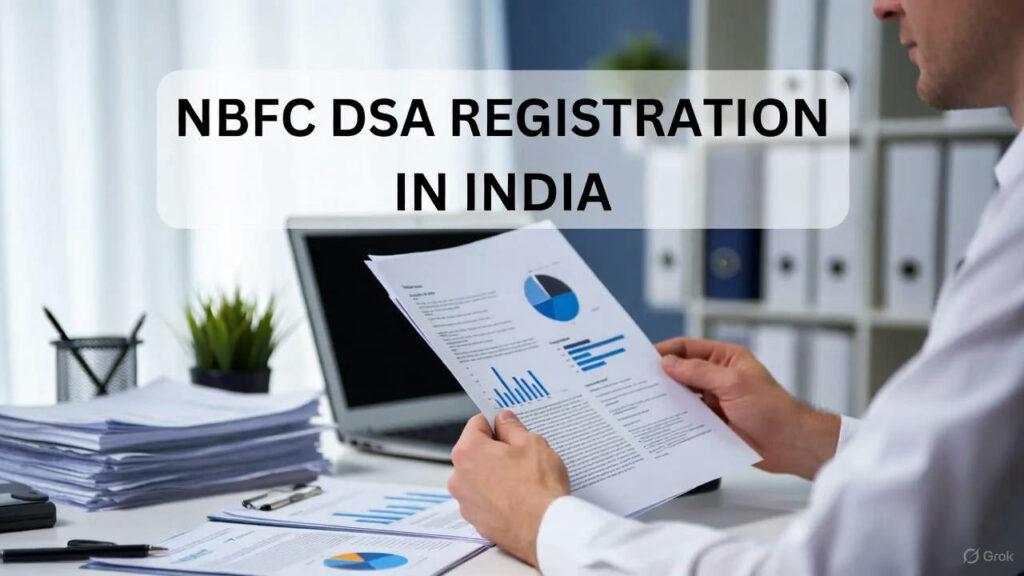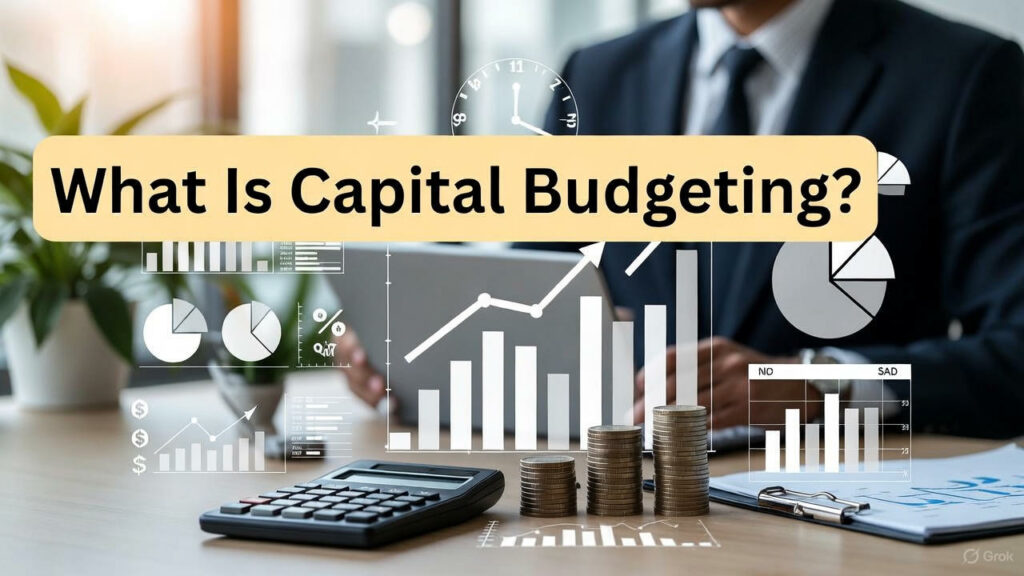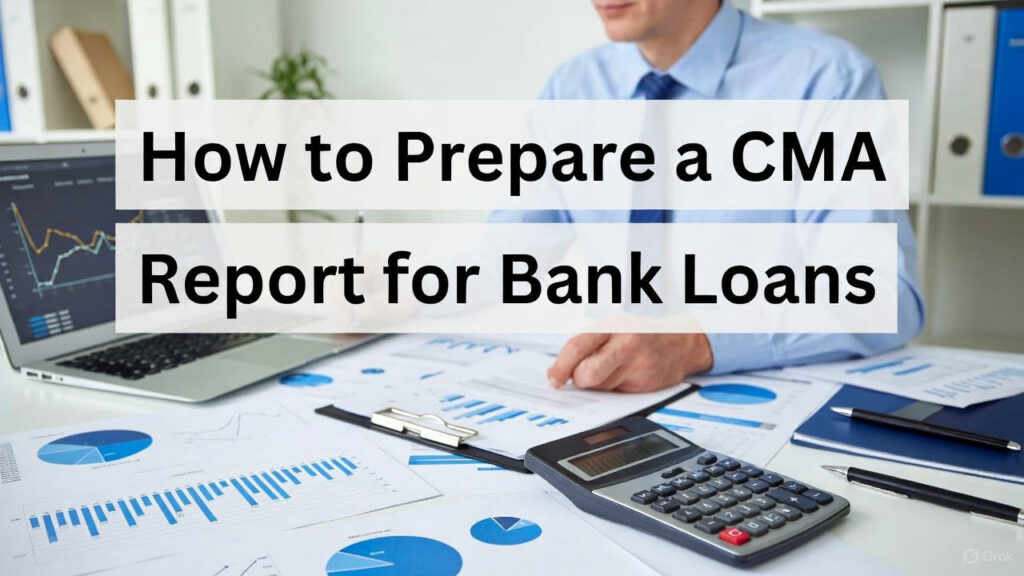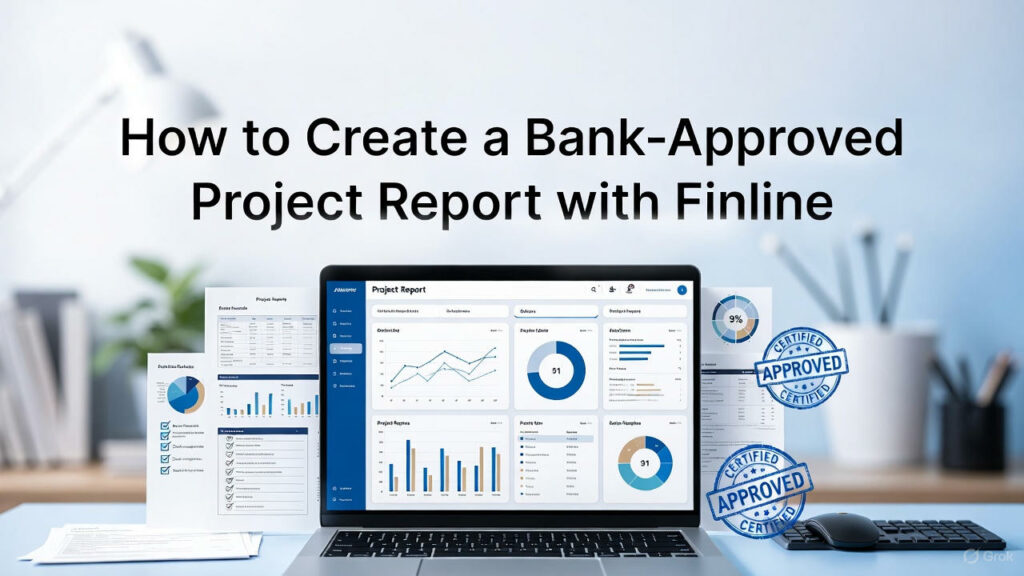PMEGP Loan Process Step by Step: How to Apply and Get Approved

Considering starting a business of your own but afraid of financing? The answer could be the PMEGP loan. The Prime Minister Employment Generation Programme (PMEGP) is an initiative of the Government of India which provides financial support and subsidies to first-time entrepreneurs to convert their ideas into reality. This blog will take you through the […]
Pros and Cons of Project Finance: Is It Right for Your Project?

Did you know? The World Bank estimates that more than 60% of all large infrastructure projects around the world are funded using project finance structures. This indicates how this mode of funding has become so popular and powerful. However, will it be appropriate to your business or project? This blog shall discuss the pros and […]
NBFC DSA Registration in India: Eligibility, Documents & Process

Confusing how to become a Direct Selling Agent (DSA) of loans in India? NBFC DSA registration will help you to enter a highly rewarding career in financial services. By registering with NBFC DSA online, individuals and small business owners have an opportunity to collaborate with Non-Banking Financial Companies (NBFCs) to get loan leads and make […]
Sri Vajpayee Bankable Yojana, Gujarat: Benefits, Eligibility & Application Process

Seeking funds to open or grow your small enterprise in Gujarat? Vajpayee Bankable Yojana may be the solution. This scheme that is supported by the government is to ensure that unemployed youths and entrepreneurs in the economically weaker groups receive bank loans easily. This scheme will provide you with financial assistance in terms of lucrative […]
How to Prepare a Mudra Loan Project Report Step-by-Step

Want to open a business using Mudra loan? The first and most important step is to develop a well-structured project report for mudra loan. This mudra loan project report will inform the bank all it wants to know about your business idea-what you are going to do, how much funds you require and how you […]
What Is Capital Budgeting? Methods, Importance & Examples Explained

Growth is desired by every business, however, the most important thing is to make the right investment decision. That’s why capital budgeting comes up here. It assists businesses to determine the best places to invest their funds in order to get maximum returns. Capital budgeting is applied in long-term investment such as purchasing equipment, initiating […]
How to Prepare a CMA Report for Bank Loans

Want to apply for a business loan? The CMA report for bank loans is one of the important documents needed by the banks. RBI guidelines suggest that more than 85% of business loans with an amount of 2 crores and above will need a proper submission of CMA data. This report (Credit Monitoring Arrangement) assists […]
How to Create a Projected Balance Sheet for Business Planning and Loans

A projected balance sheet is one of the most important financial statements that you will require when seeking a business loan or constructing a good business plan. It provides the anticipated assets, liabilities, and equity of your firm- which will give the lenders a clear picture of your future financial status. As a matter of […]
Best Format for Project Report for Bank Loan Application

A project report for bank loan is one of the most important documents you will require in case you need a bank loan to start a business. It assists the banks in knowing your business model, the financial plan and the repayment capacity. However, getting one ready may seem daunting, particularly when you do not […]
How to Create a Bank-Approved Project Report with Finline

Did you know that almost 60 percent of small firms in India fail to get loans in banks because the project reports are incomplete or improperly prepared? Bank approved project report is not only paperwork, it is the key to the funds your business is in need of. In the current competitive world, banks require […]
